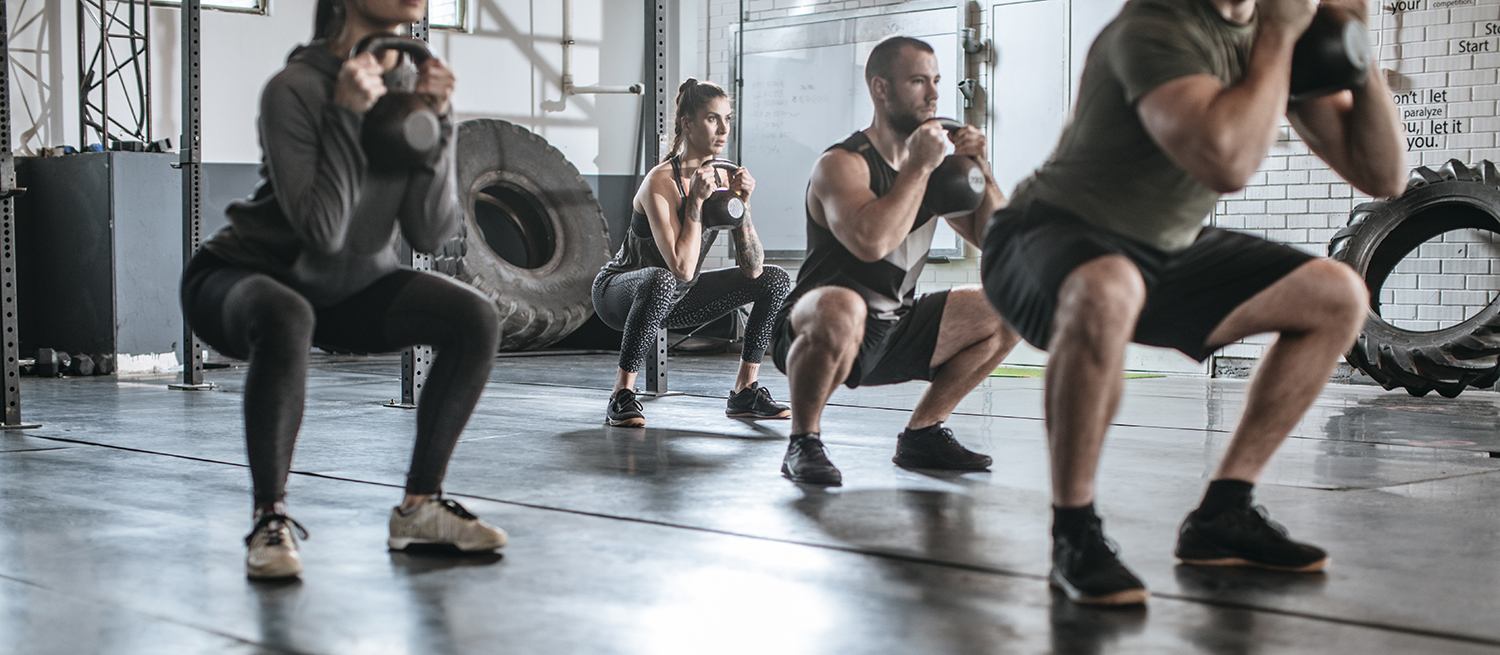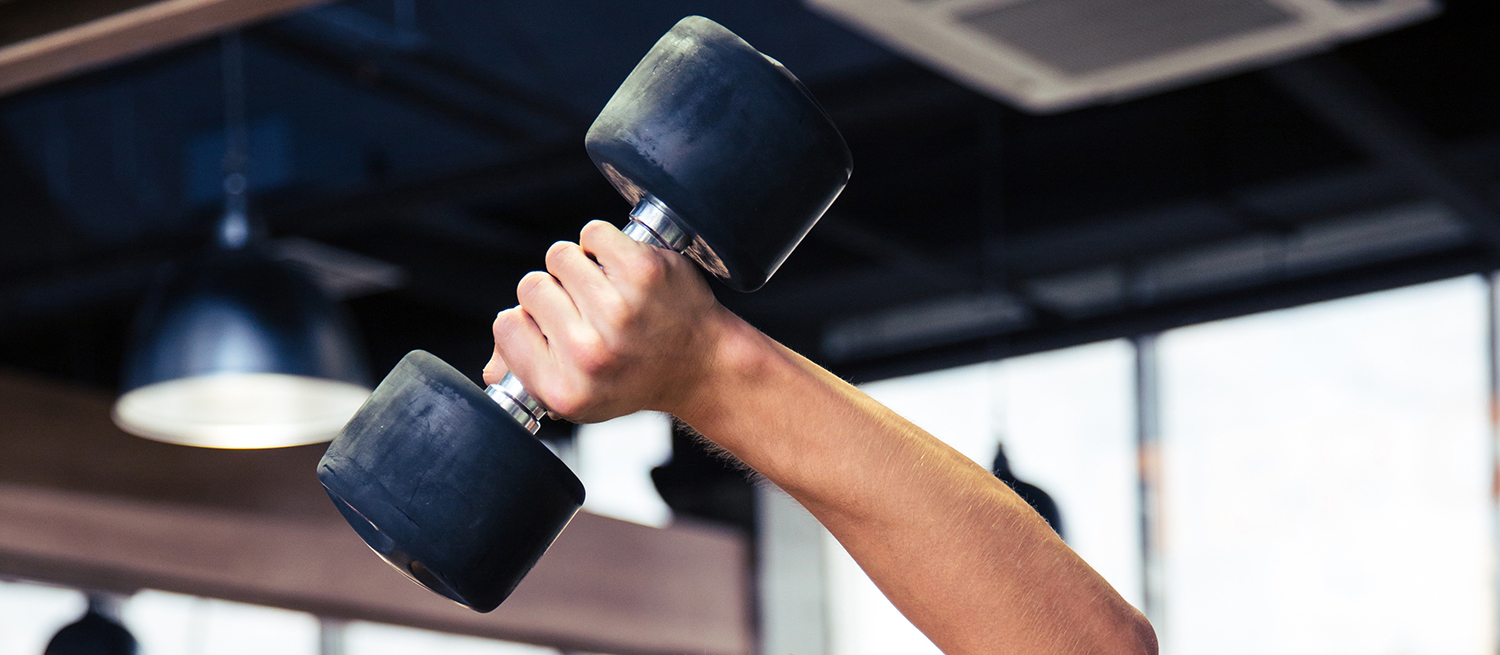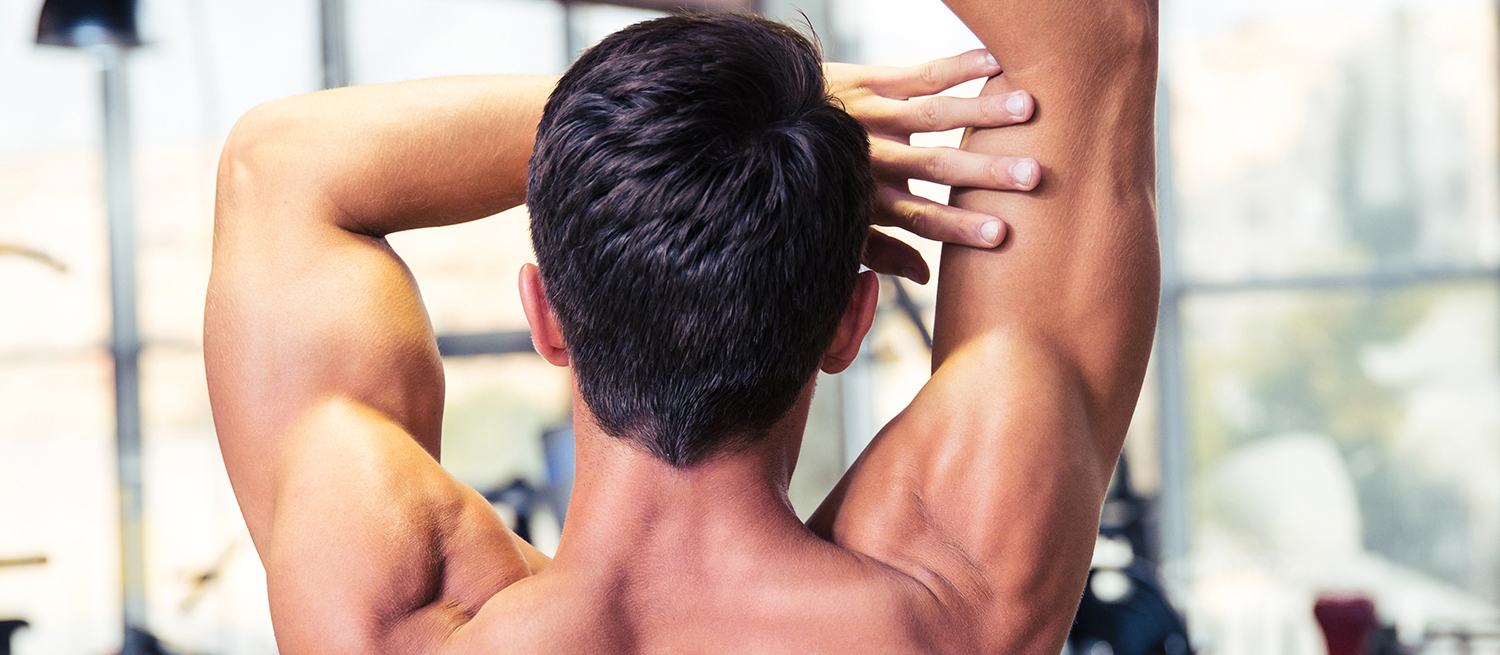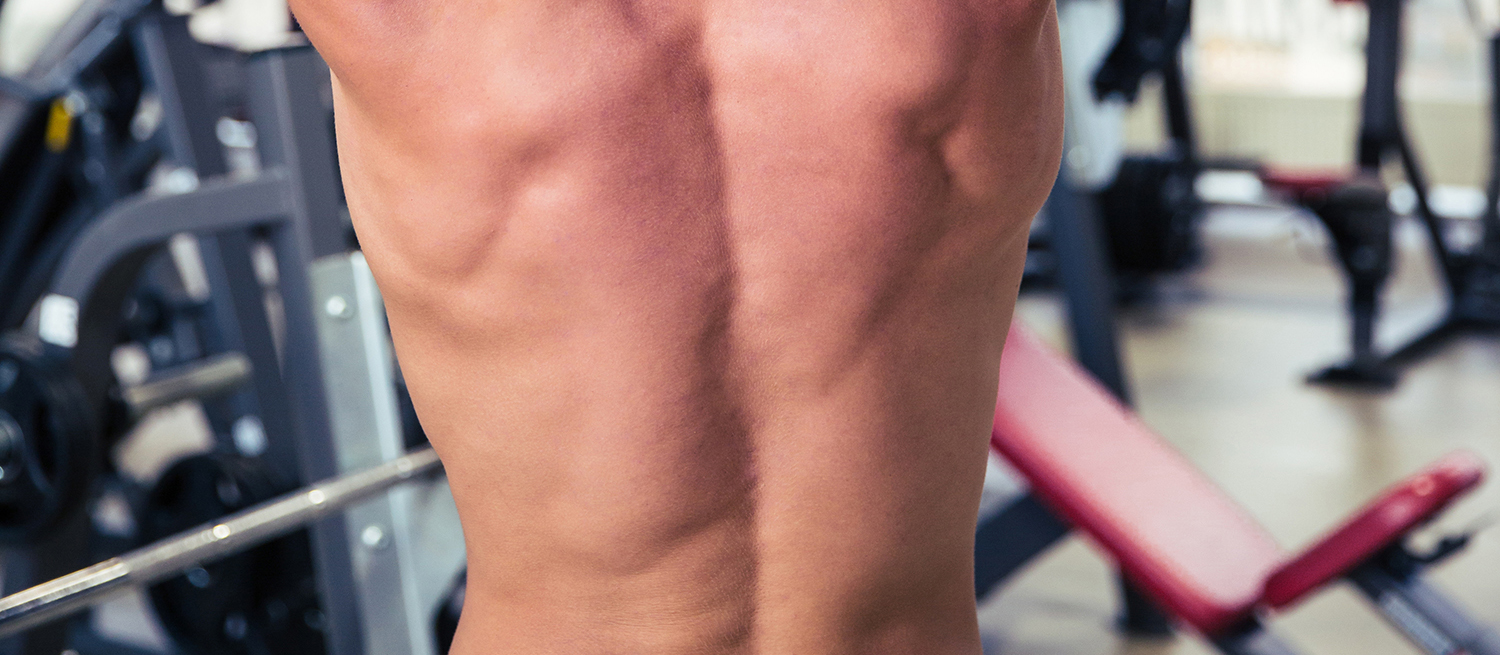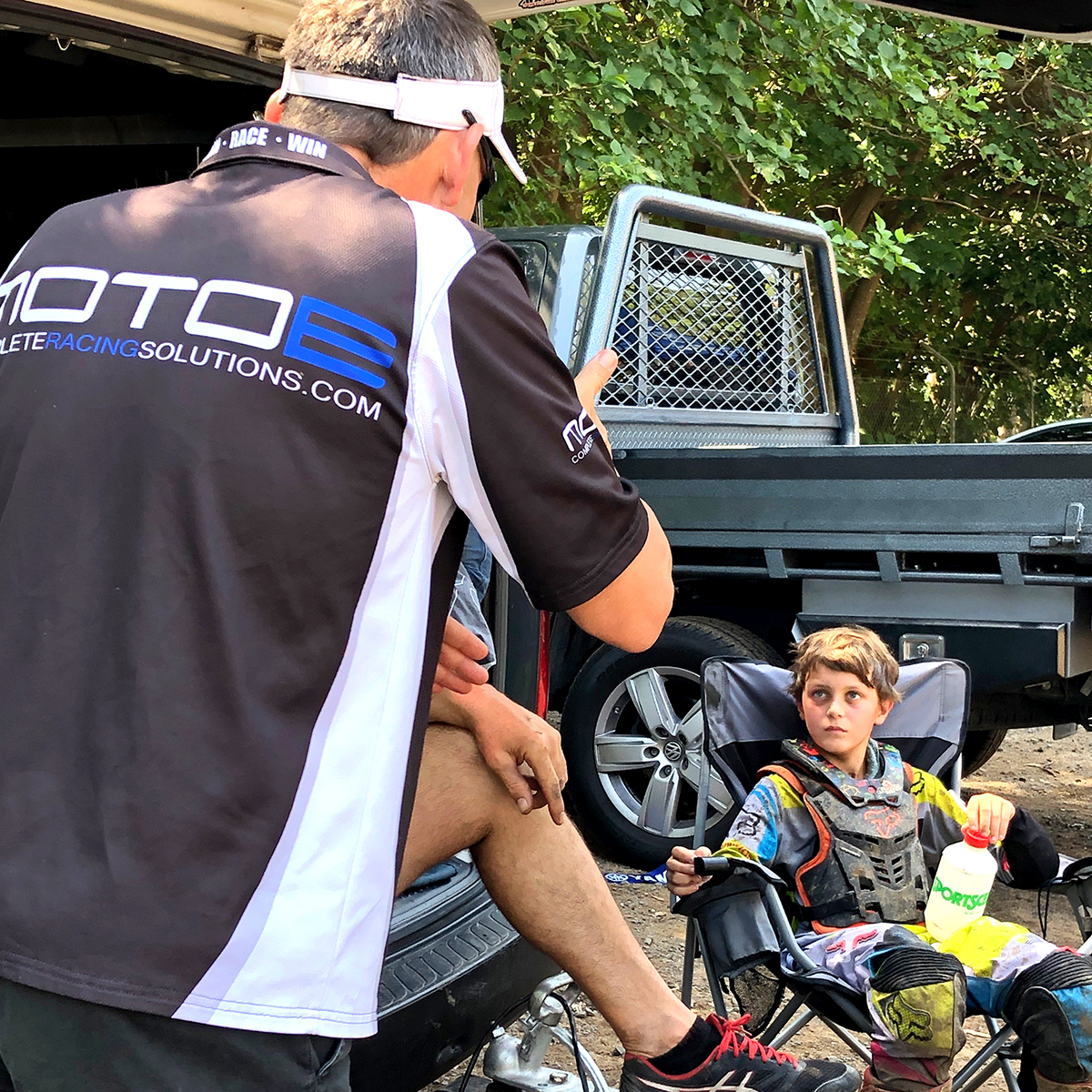Coach to the champions Robb Beams returns with more sage advice in the first instalment of a three-part series. Discover the top three mistakes when recovering from an injury – and how to avoid them.
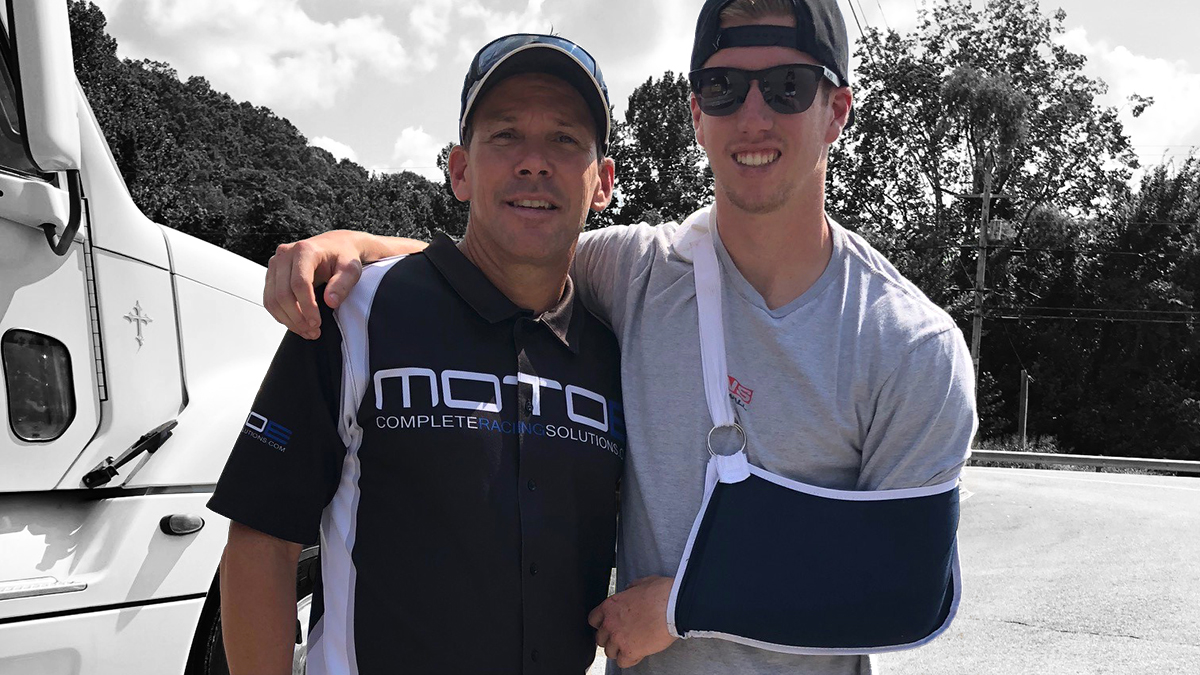
Nobody enjoys becoming injured due to overuse or an unforeseeable impact that happens in less than a second; however, as the old saying goes, as an athlete, if you haven’t already been injured, most likely you will be at some point. Once you cross that fine line, there are three areas – physical, mental and nutrition – that tend to get handled incorrectly making the healing process both difficult and slow.
PART 1 – PHYSICAL
First and foremost, follow your doctor’s and physical therapist rehab protocols and complete the entire duration outlined. Coming back too early will only result in less strength, endurance and long-term ramifications like limited range of motion, joint stiffness and unwanted scar tissue. As an athlete this will also result in less speed, agility, strength and endurance.
Unless you have a high impact injury that affects more than one area of your body, you are normally dealing with one area of injury. With this being said, you still have 90-95% of your body left to strengthen and expose to cardiovascular improvement. This usually requires becoming creative with your cardio. If you have broken an elbow or wrist, you can use a recumbent bike, walk in the pool with a pair of sneakers, or use a zero-gravity treadmill. If you have broken an ankle or torn an ACL or MCL you can get a vacuum sleeve to cover the injured area and swim. If you are in a wheel chair because of a leg injury, you can use a Concept 2 Ski Erg.
Despite being injured, your strength can be maintained and even enhanced with a variety of options: stretch cords, TRX systems, free weights, kettle bells and medicine balls. If you let pain be your dictator and you are not masking the true pain with pain killer medicine, you will keep yourself from doing too much and slowing down the healing process.
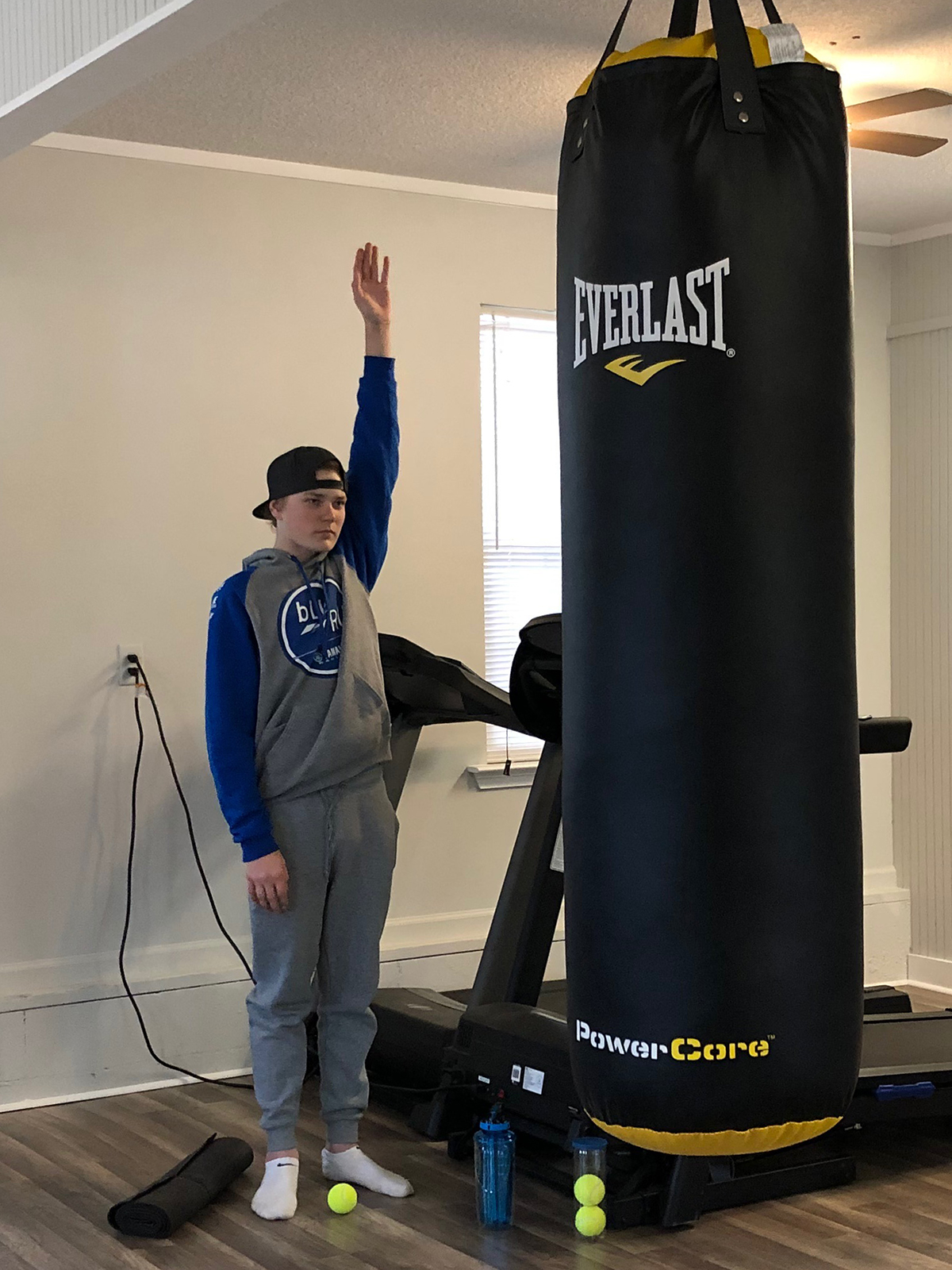
With regards to pain medicine, it is imperative that you mask the pain and discomfort with over the counter pain medicines, but ONLY while you sleep. The key is to reduce the chances of your body being woken up due to pain. The deeper your sleep, the longer you are asleep, and the more sleep cycles you can complete per night will ensure that your body is repairing itself as quickly as possible. To maximize the probability of quality, pain-free sleep, eat a high-quality snack or smoothie that is rich in protein and good fats to satisfy appetite and then consume your pain medicine. The fat and protein will satisfy your hierarchy of need of hunger and the ibuprofen will mask the pain allowing you to sleep deeper and with less interruptions.
When discussing the physical side of an injury, the concept of non-sweating physical elements is frequently overlooked. Soft tissue maintenance such as foam rolling and trigger point therapy changes the consistency of the soft tissue meaning that it will respond to pressure by opening the blood vessels bringing nutrients and oxygen-rich blood into the tissue. Fresh blood flow will speed up the healing process.
Another soft tissue modality is contrast therapy where you use cold and hot water to stimulate and change the consistency of the muscle tissue. One of the main reasons why contrast therapy is often discarded is due to the mindset that it has to be so extreme: extremely hot or extremely cold. This is not the case. Think about contrast therapy this way, the bigger the temperate difference, the more effective the therapy is to the tissue. For example, if you have the cold water at 70 degrees and the warm water and 110 the difference is 40 degrees. You can create the same difference if you lowered the cold to 65 and the warm water to 105. Your body doesn’t know the difference in temperature highs and lows, just the difference. If you don’t like extreme colds and you believe that you must be in nearly freezing water and/or it is so cold you feel like your skin is going to burn off your body, you are more prone to avoid contrast therapy. This all or nothing mindset has to be changed.
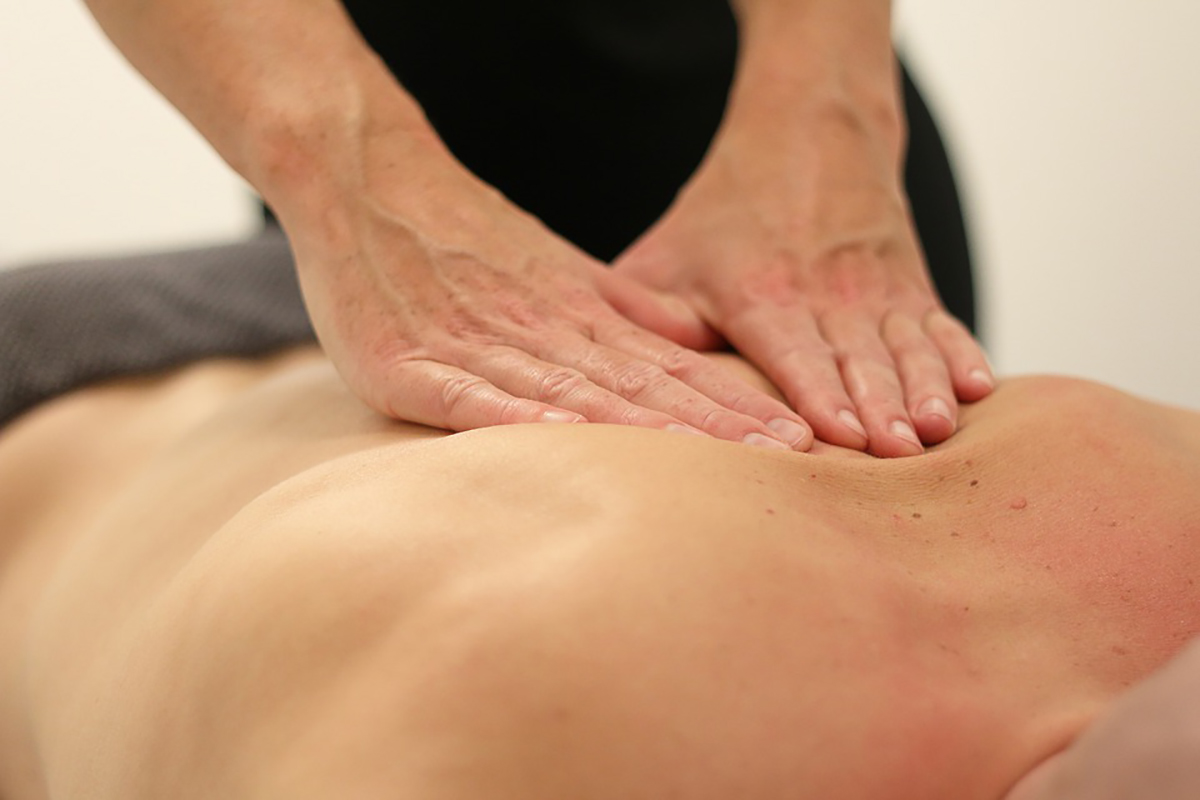
In addition to foam rolling, trigger point therapy and contrast therapy, you can always schedule a therapeutic massage. A qualified massage therapist that works on your muscles, tendons and ligaments can identify muscle patterns associated with pain and limited range of motion. For example, if you have injured your shoulder, a massage therapist can help you identify what muscles in your chest or your shoulder blades are excessively tight and causing unwanted “pulling” on the head of your humerus (the top of your arm in your shoulder) resulting in additional pain and limited range of motion. The same applies to each joint in your body.
The irony of these non-sweating components: creative cardio, sleep quality, contrast therapy, massage therapy, etc., should be part of every athlete’s daily routine; however, these are the components that are frequently left out resulting in being mentally bored, physically stale, reduced range of motion, increased nagging injuries and ultimate frustration.
By staying focused on these specific physical components, you will come back from your injury stronger, with enhanced range of motion allowing for better sport specific biomechanics, improved speed, strength and endurance with the areas of your body that are not inured and healing. Once you get clearance from your doctor to resume normal activity with your injured body part, you only have to improve that one area, versus the entire body.
 City Coast Motorcycles has partnered with MotoE for 2019. We are excited to welcome Coach Robb Beams aboard as a feature writer for our website and newsletter.
City Coast Motorcycles has partnered with MotoE for 2019. We are excited to welcome Coach Robb Beams aboard as a feature writer for our website and newsletter.
Coach Robb is an internationally recognised motorsports performance coach with 35 years of on and off-the-track experience. He is the founder of the Complete Racing Solutions Performance Program, MotoE Amateur Development Program, the Mental Blueprint of Success, and MotoE Educational Series. His success working with riders ranging from 65 cc to the Pro Sport include some of today’s top professionals including Ryan Dungey, Adam Cianciarulo, Jeremy Martin, Jordan Bailey, Alex Martin, Stilez Robertson and Logan Best.
In January 2019, Coach Robb and MotoE conducted two Amateur Motocross Performance Camps for members of the Wollongong Motorcycle Club. Based off the success of these camps, MotoE and Coach Robb will be returning in July. For more information visit MotoE Australian Performance Camps. Follow our Facebook page to stay posted on our exclusive Meet the Coach special event held at City Coast Motorcycles on July 4.
This is not paid content.


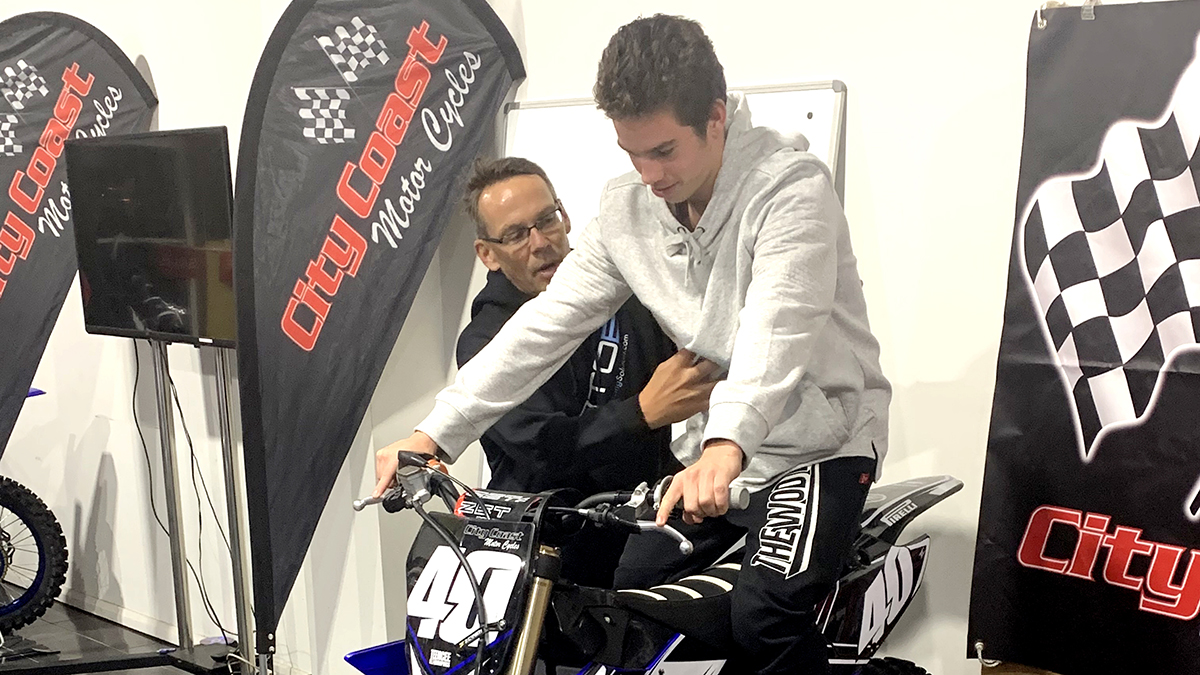
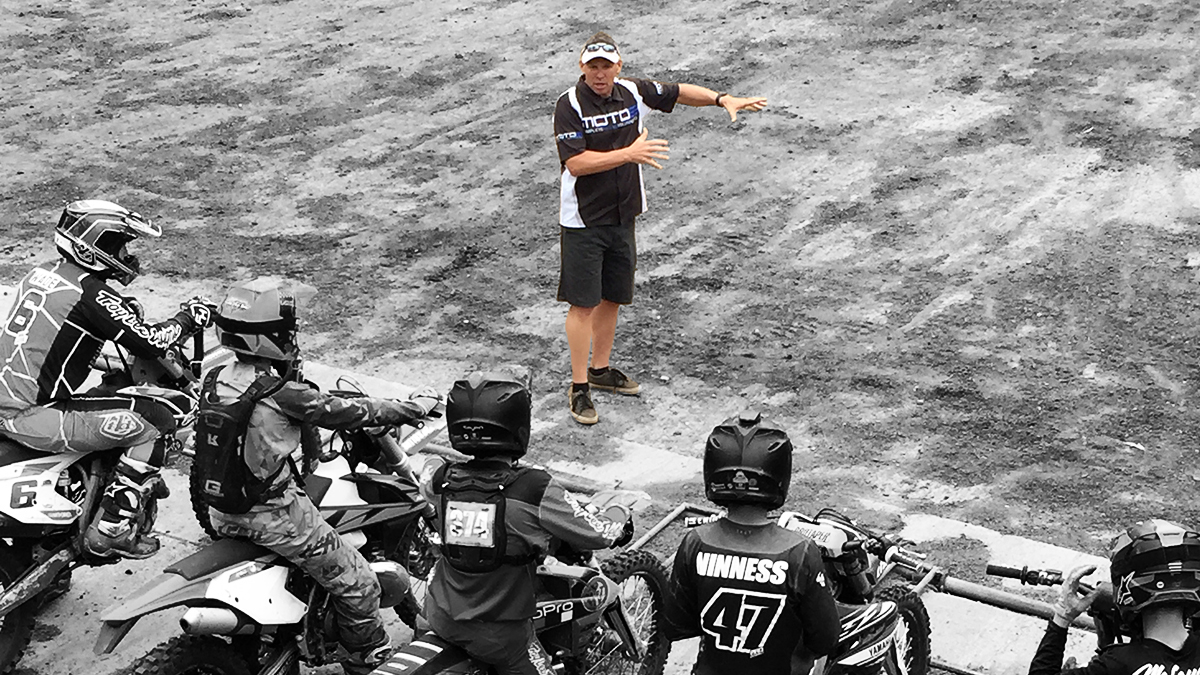
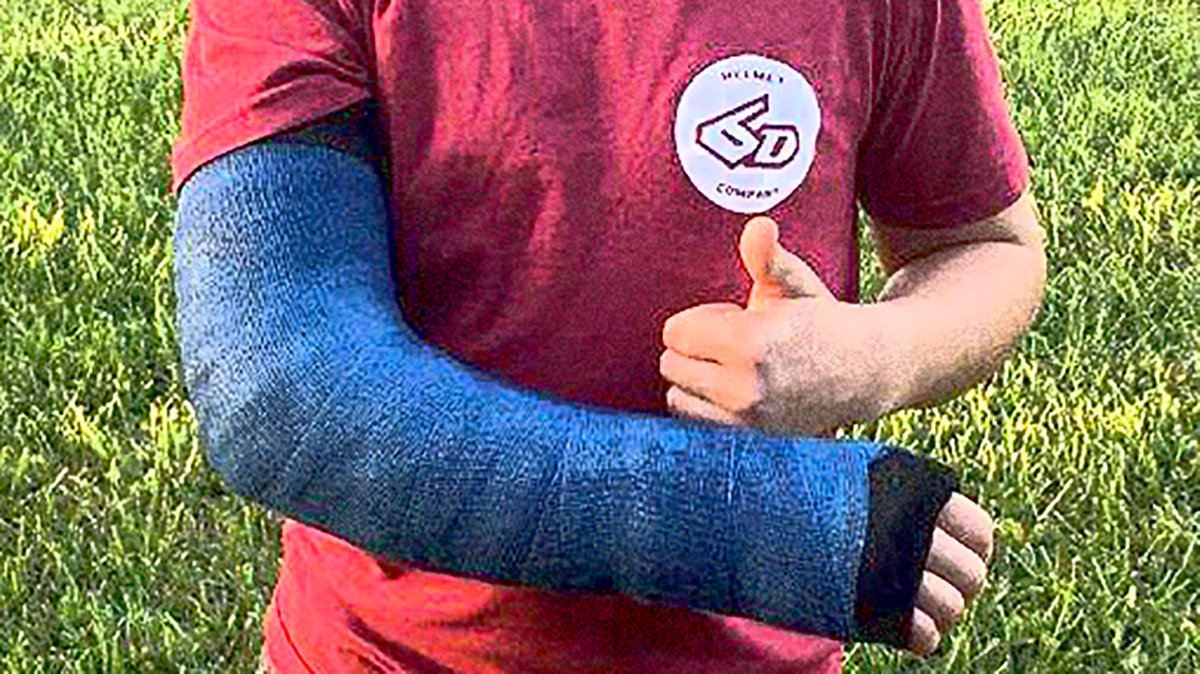


 City Coast Motorcycles has partnered with MotoE for 2019. We are excited to welcome Coach Robb Beams aboard as a feature writer for our website and
City Coast Motorcycles has partnered with MotoE for 2019. We are excited to welcome Coach Robb Beams aboard as a feature writer for our website and 


